Rethinking Attribution
What exactly is Multi-touch Attribution?
Multi-touch Attribution is the practice of assessing the value of each consumer touchpoint that contributes to a conversion. The aim is to determine which marketing campaigns or strategies are responsible for the conversion, with the eventual objective of better allocating potential spending to attract new customers.
Multi-touch Attribution enables you to apply the value of your conversion goals across multiple campaigns. This empowers you to understand better which marketing campaigns are driving your conversions. Understanding the framework in which you are working will allow you to clearly see where you are going.
Not only will you be able to see the different channels and engagement points that are achieving specific outcomes in a more tangible way, but you will also be able to look at different conversion points. This is strategy that will change the way you look at your marketing endeavours.
Table of Contents
The Ingredients of Multi-Touch Attribution
The best way to understand Multi-touch Attribution is by defining its components at their most basic level. This lets you know all the different moving parts and how you should apply yourself to each of them.
Campaign
A campaign refers to any marketing campaign that you want to track and report on. It is the foundation and the starting point for a lot of the functionalities that our platform addresses. The campaign function is very similar to what you are comfortable with, particularly in the context you can use it. This means that it works in the same way that your usual marketing campaigns do.
Conversion
A conversion is any potential outcome of a campaign. In this case, you are not just looking at your opportunities, but you can move and look at different possibilities across different directions. A conversion is ultimately the end goal when you set up a marketing strategy
Attribution
This is crediting campaigns for their impact on conversions. Spreading your conversions across multiple campaigns and getting a clear picture of what happened is what attribution is all about. We will dive more into attribution and our different attribution models.
When people interact with a brand, they have a lot of different exposures to that brand before they finally decide to make a conversion. Each of those interactions is psychologically driving them to a conversion. You want to give credit to each of those interactions, store them and then be able to apply that data. That is what attribution is all about.
A Review of Campaigns
There is a traditional way in which campaigns have been carried out for the longest time. We are looking to change that through Multi-touch Attribution. Let’s take a quick look at how campaigns functioned previously;
Creating the Campaign
Here, you identify any initiatives that you want to track. If it’s something like digital advertisements or anything in the app that you are trying to attach to leads, you can configure tags to help you do this. The first thing you would do is create the campaign and then add names and tags to it.
Define the Membership Rules
This is where you determine how individuals are attributed to your campaigns or applied to them. There are several ways to do that, and one of the main ways you can do it is to use inbound tracking rules. You can set up things like page rules or sourcing rules, or even use the automation engine. The idea is to take some external integrations and track how people are interacting with your campaigns.
Reporting
After you have established campaign membership, you want to be able to report on it. This is an essential part because you are trying to use the tool for tracking, and also to be able to report on your successes. The real reason you are trying to report on your successes is to ensure that you are spending your resources and your efforts in the right place. You want to know what is working and also to identify what is not working within the app.
Primary Attribution
Up until now, campaigns in our marketing automation have been using what is called Primary Attribution. This means that every single lead in the system has a primary campaign attribution, and it could be something like the first touch or the last touch.
You then take any of the conversion values like the revenue from an opportunity or the leads created, and you apply it to the primary campaign. This is an important thing to do because it helps you understand what is going on, such as where your leads are coming from and how they are interacting with any continuing marketing initiatives.
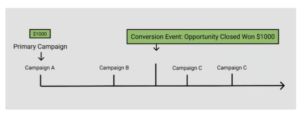
Same Campaigns; Powerful New Functionality
Multi-touch Attribution is what we want to move into and focus on. It is a sleek, new interface and robust suite of tools that make it easier than ever to track your campaign performance. Other than the campaigns, other aspects of this tool will operate the same as those of Primary Attribution. Here are some of the changing features in the attribution model:
The Attribution Page
This is a location within the application that allows you to create and manage your campaigns and conversion goals all in one place. The conversion goals will be anything that you are trying to track, such as revenue, opportunities, and custom ones you would like to add. This feature will be the central source of interacting with any of your campaigns or conversion goals.
Consolidated Reporting Engine
The campaign insights are the feature that is used to show you all of the campaign reporting functionalities, such as how many leads were attributed to a campaign and how the opportunities were closing. What we are doing now is pushing things into the custom report builder.
You can use custom reports to get almost any kind of information that you want. We want to focus on custom reporting because it empowers you to understand your reports and the data contributing to those reports.
Multi-Touch Attribution
The idea is to move from Primary Attribution to Multi-touch Attribution. As you can see from the image below, you have an individual interacting with your brand over some time. Contact 1 may interact with campaign A, move to campaign C, and then back to campaign A, after which they will convert.
Unlike previously, where you would attach that conversion value to a single campaign (the primary campaign), Multi-touch Attribution allows you to control how that value gets distributed across multiple campaign interactions. This gives you a more holistic view of how leads are interacting with your brand. The Multi-touch Attribution feature builds on the Primary Attribution feature.
Conversion Goals
Conversion goals are your targets. They represent the measurable outcome of a campaign. They are essential because they help you stay on track. Defining exactly what you are aiming for is one of the things that set you up for success. You can choose to:
Use our Conversion Goals
We’ve provided a set of conversion goals from which to choose. These include opportunities created, opportunities lost, opportunities won, leads created, leads qualified, and revenue.
Create your Own Conversion Goals
We have switched things up and added a feature that allows you to create custom conversion goals in the Attribution Center. You get to define which events qualify as a conversion.
The custom conversion goals give you the ability to select from a series of events types. This could be things like form submissions or pipeline stages changing. If you have a more intractable funnel and you want to nurture people through that funnel, this would be a great way to create conversion goals that push people down the funnel.
Track your Conversion Goals
Analyse your conversion progress with custom reports and see when leads reach a conversion goal in the life of the lead. You want to see how people are moving through your conversion goals. We will introduce some reporting, such as the conversion funnel and the ability to see actual conversions take place on the life of the lead.
Attribution Models
Attribution models are a series of data models that allow you to control the distribution of conversion value across campaigns. Most marketing journeys encompass more than a single campaign touchpoint.
By leveraging attribution models, you can account for all interactions that lead to a successful conversion. You can use the models by applying them to your campaign reports. You can then run the same report through multiple models for a holistic analysis.
The idea is to have multiple touches available to you when you are tracking campaigns. You want to be able to control how the conversion value gets distributed across campaigns.
The First Touch Attribution Model
With First Touch Attribution, 100% of the conversion values is credited to the lead’s first campaign touchpoint. This looks at what the first point of contact makes attribution possible.
Also, if you have the belief that the first touch is the most important touchpoint, then this will help you see which campaigns are providing that first touch. There is a lot of value in this attribution since the first interaction is very important in starting a customer’s journey with your brand.
Last Touch Attribution Model
With the Last Touch Attribution model, 100% of the conversion value is credited to the lead’s last campaign touchpoint before conversion. If you have new leads coming into your funnel, but they are not getting to the conversion goal that you are trying to reach, you can look at that conversion goals and see which campaigns are driving the last touch conversions and making that conversion happen. You can then reallocate your marketing efforts and focus on the campaigns that are driving conversions.
Linear Attribution Model
Linear attribution distributes the conversion value evenly across all campaigns. This is kind of the best entry point into Multi-touch Attribution. The credit for the conversion is attributed to all campaigns. If you see a particular campaign is more successful than others when using linear, this is an indicator that the entire funnel before that conversion event has been successful. It is sort of like casting the widest nest so that you can identify which campaigns are providing the most value across your entire funnel.
Time Decay Attribution Model
Time decay attribution credits most of the conversion value to the campaign interaction closest to the conversion event. Older campaigns will receive less credit the further back they are from the date of the conversion.
Time Decay, like Last Touch, is good to show which campaigns are performing better later towards the conversion event. What the model does is that it gives more credit to campaigns that were more recent in the past and less credit towards those that were further in the past. It takes the perspective that campaigns which customers interacted with a long time ago will not have a significant impact on the conversions that they take today, at least not as much as the recent ones. You can set the time delay length for your model.
U Shaped Attribution Model
U Shaped attribution combines the benefits of first and last touch models. Both the first and last interactions receive 40% of the conversion value, with the remaining 20% split between all intermediate interactions.
This is also sometimes called the Positional Model. It is a combination of First Touch, Last Touch, and Linear Models. This is a great model to use if you believe that both first touch and last touch are important, but you also do not want to negate the touchpoints in the middle.
Put it All Together with Custom Reports
Multi-touch is all about being able to leverage reporting to focus your efforts on what’s driving conversions. Building custom reports is as easy as 1,2, and 3. The first thing you need to do is to choose your Conversion Goal. After this, select your campaigns and apply your Attribution Model.
Through custom reports, you can look at multiple conversion goals for the same series of campaigns. You can also take reports and apply different attribution models to them to see what works best for you. It empowers you to see information in different ways and get better insights.
This widget is very flexible as you can change the conversion goals and the Attribution Models. Here is an example of a report whose conversion goal is leads created by the campaign. An attribution model is applied to show you opportunities that are closed and can be attributed to each campaign and how much credit each receives.
Are you looking to grow your traffic, attract more leads, or grow your business in 2022? We’ve got the answers you’ve been looking for. Give us a call today at Munro Marketing, and request a free trial of our Multi-touch Attribution platform. Munro Marketing, are a SharpSpring Platinum Agency. Partner with an affordable marketing automation consultant that you can trust.

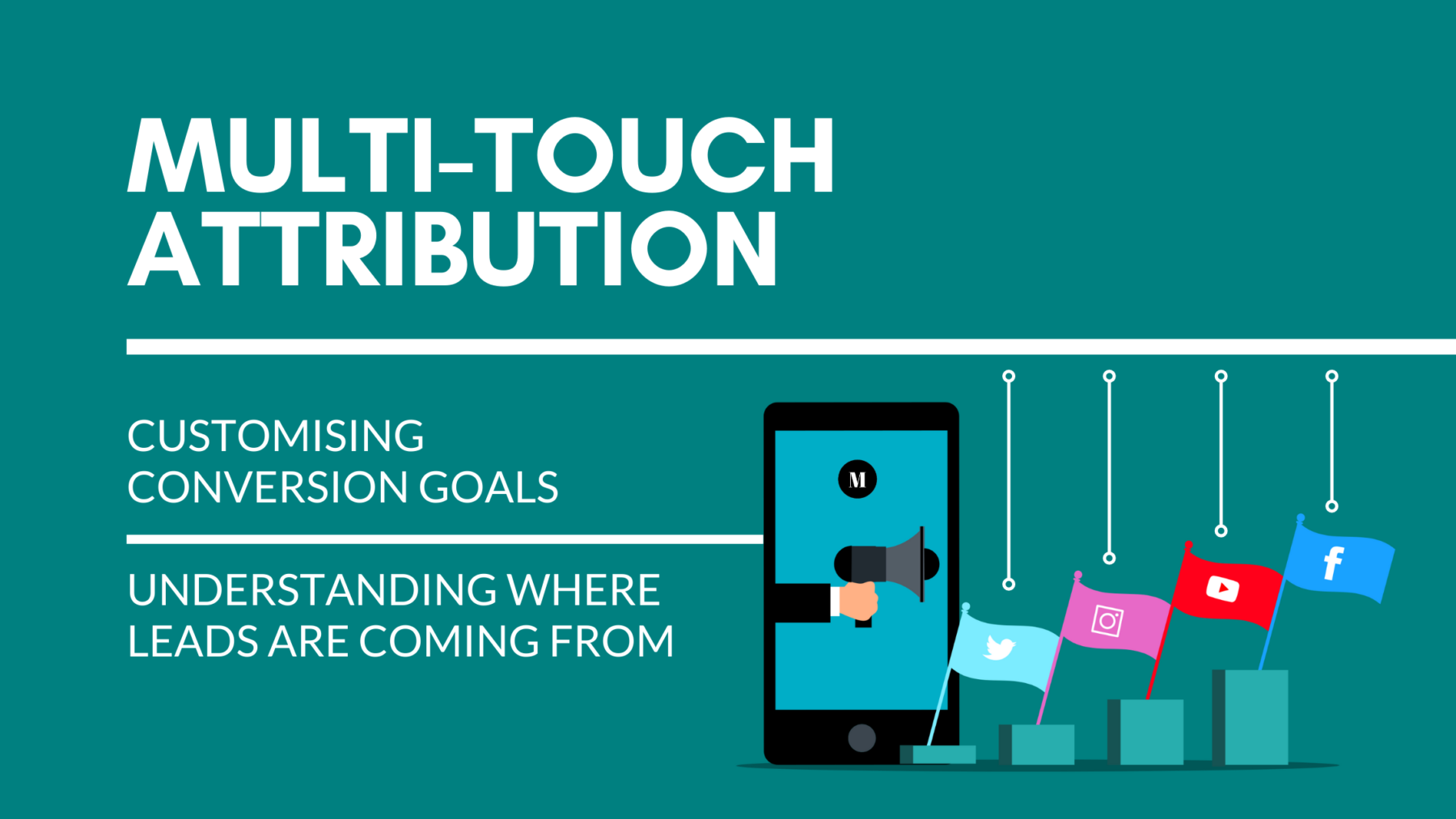
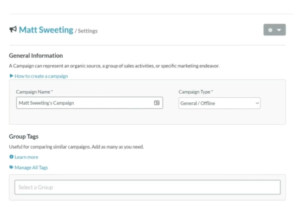
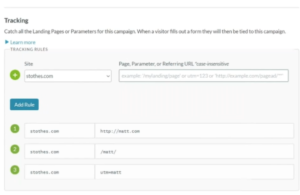
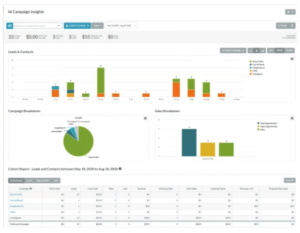
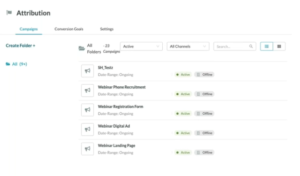
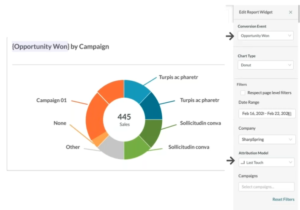
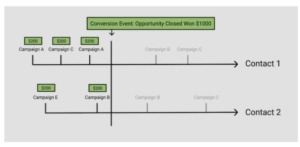
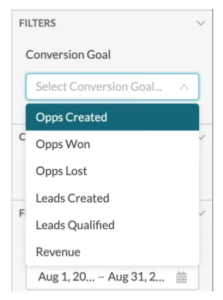
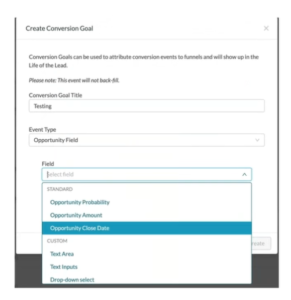
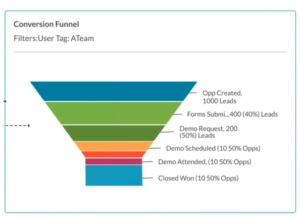
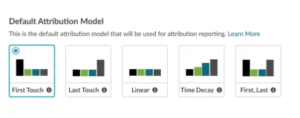
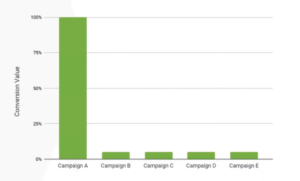
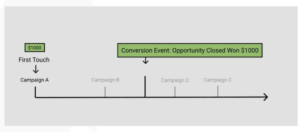
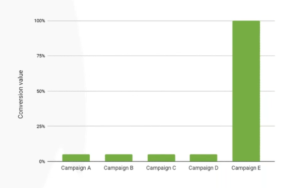
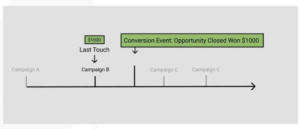
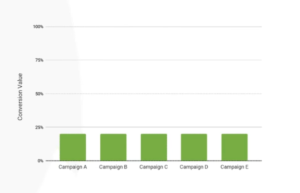

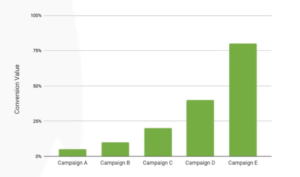

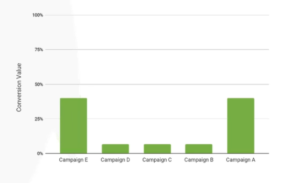
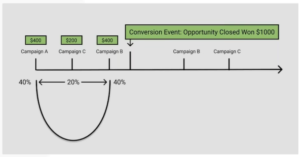
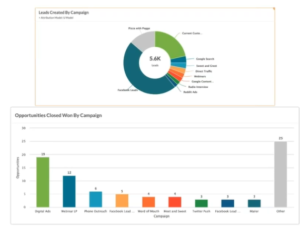

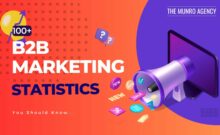


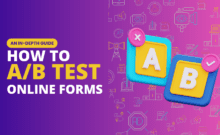
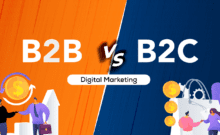


Leave a Comment